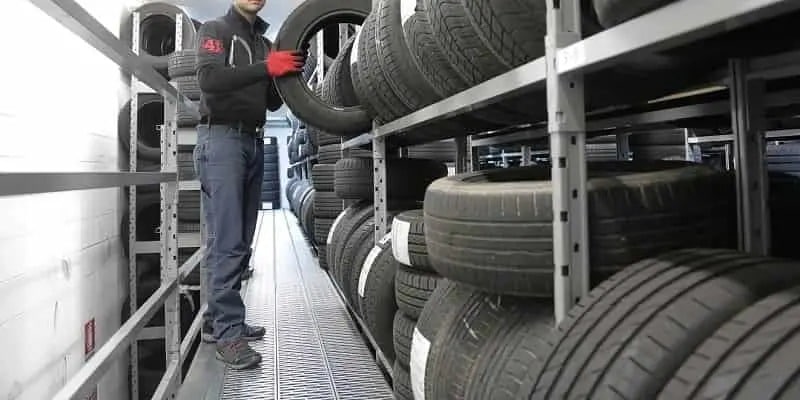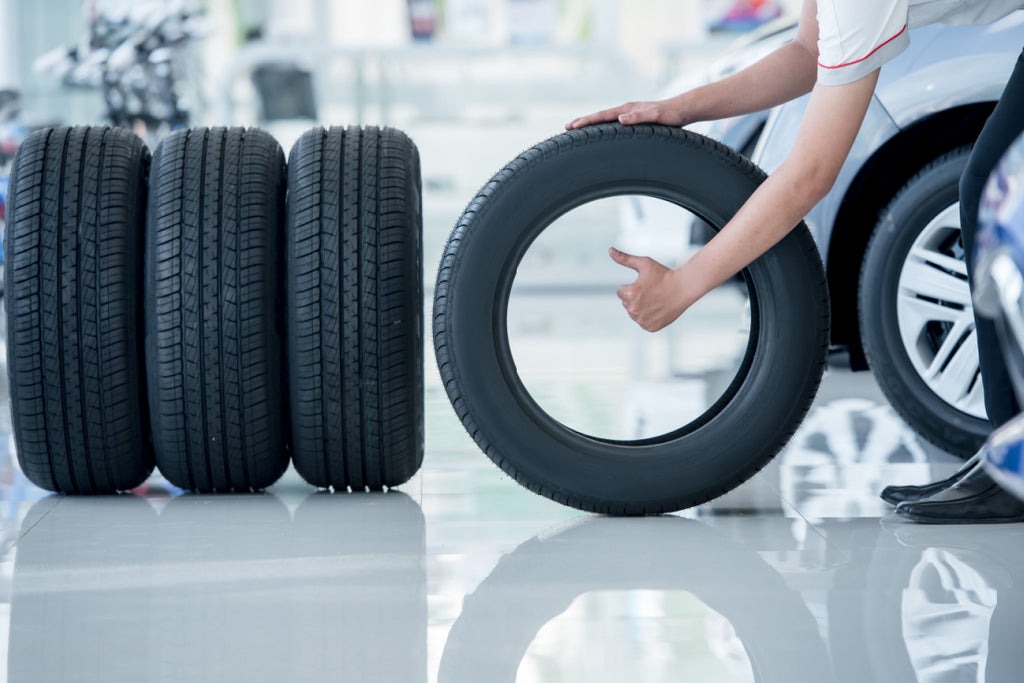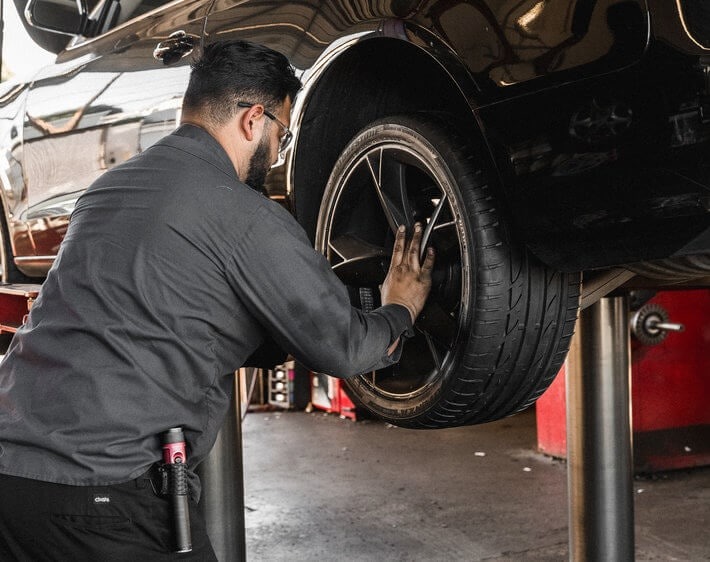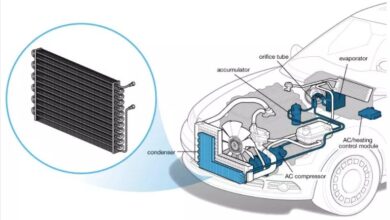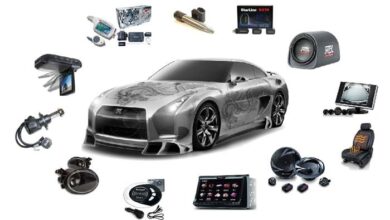How to Choose the Right Tires for Your Car?
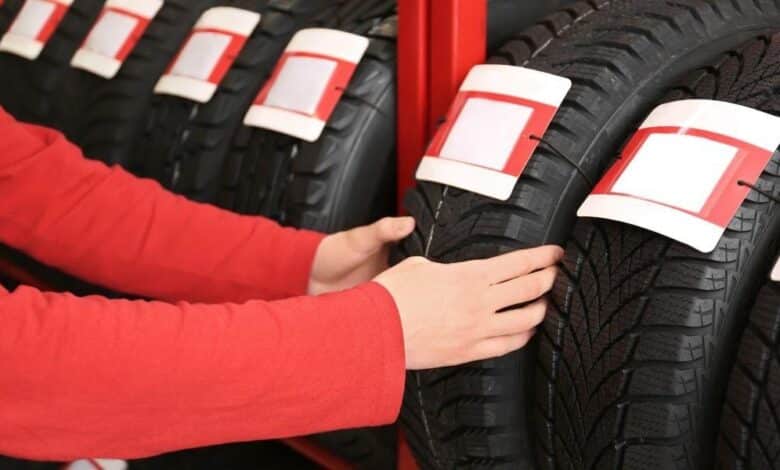
Choosing the right tires for your car is a critical decision that not only enhances your vehicle’s overall performance but also directly impacts safety on the road. This article will guide you on how to select the appropriate type and size of tires for your vehicle, considering factors such as size specifications, weather conditions, driving habits, and individual preferences. You’ll learn how to make informed choices to optimize your car’s handling, ensure safety, and improve fuel efficiency. Here’s a detailed guide to empower you with confidence when making this crucial decision for your everyday mode of transportation.
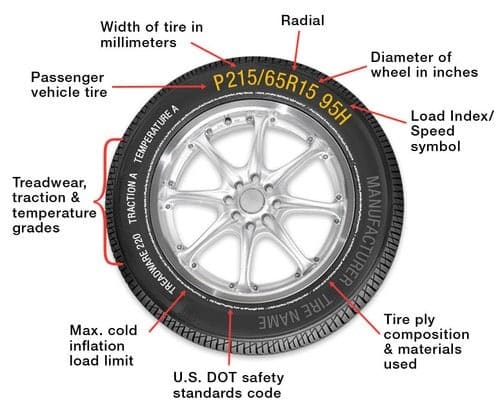
Contents
- 1 Understanding Tire Types
- 2 Determining the Correct Tire Size
- 3 Considering Tire Tread Patterns
- 4 Evaluating Tire Performance Ratings
- 5 Assessing Weather Conditions
- 6 Considering Longevity and Warranty
- 7 Budget Considerations
- 8 Seeking Expert Advice
- 9 Maintaining and Caring for Your Tires
- 10 A Guide to Choosing the Perfect Tires for Your Car
Understanding Tire Types
Tires come in various types, each designed to cater to different driving conditions and vehicle requirements. The three main tire types are:
All-Season Tires
All-season tires are designed to perform well in a variety of weather conditions, including dry and wet roads. They offer a balanced performance and are a popular choice for everyday driving. However, they may not provide optimal traction in extreme winter or summer conditions.
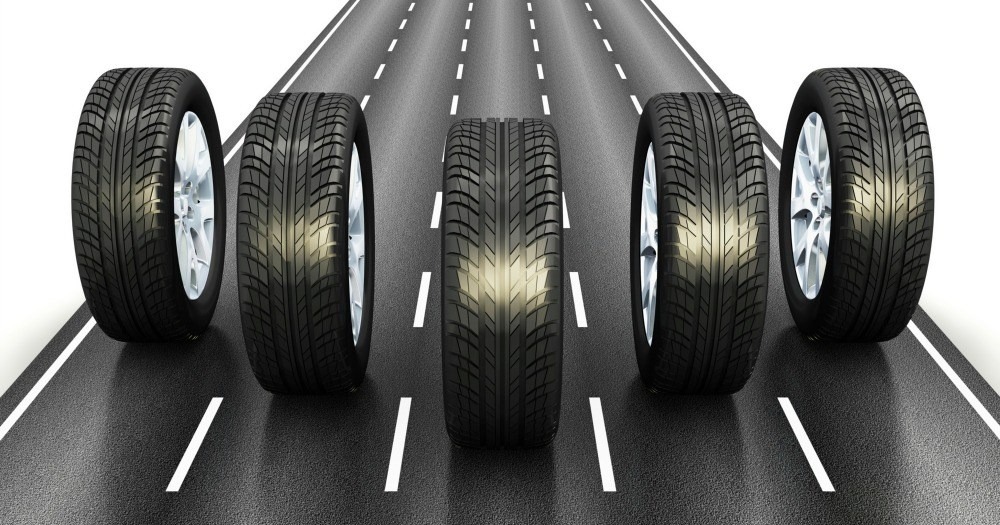
Summer Tires
Summer tires, also known as performance tires, are designed for warm weather conditions. They offer excellent grip on dry roads, enhanced cornering stability, and responsive handling. However, summer tires may lose traction and become less effective in cold temperatures.
Winter Tires
Winter tires, also referred to as snow tires, are specifically designed to provide superior traction and control in cold, icy, and snowy conditions. They have a unique tread pattern and rubber compound that stays pliable in low temperatures. Winter tires are essential for regions with harsh winter climates.

Determining the Correct Tire Size
Selecting the correct tire size is vital for ensuring a proper fit on your vehicle. The correct tire size is usually listed in your car’s owner manual or on the driver’s side door jamb. It is represented by a sequence of numbers and letters such as P215/65R16.
These numbers indicate specific aspects of the tire:
- P: Indicates the tire is for passenger vehicles.
- 215: Represents the tire width in millimeters.
- 65: Denotes the aspect ratio, which is the tire’s height as a percentage of its width.
- R: Indicates that the tire has a radial construction.
- 16: Signifies the diameter of the wheel in inches that the tire fits.
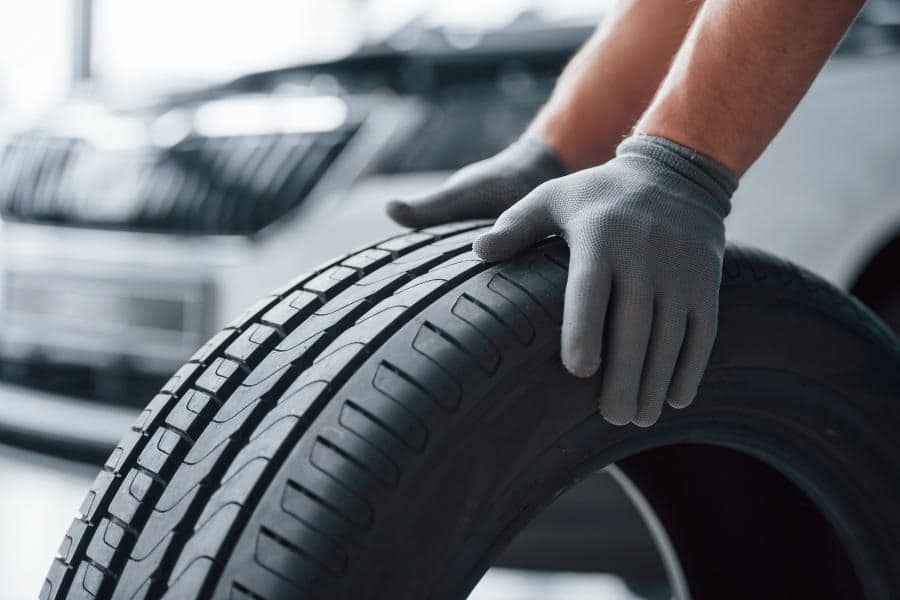
Ensure that you choose tires with the same size specifications as recommended by the manufacturer to maintain proper speedometer readings, handling, and braking performance.
See more: Self-Driving Cars: Challenges and Opportunities
Considering Tire Tread Patterns
Tire tread patterns play a crucial role in determining traction and handling characteristics on different road surfaces. Here are some common tread patterns to consider:
Symmetrical Tread Pattern
Symmetrical tread patterns feature continuous ribs or blocks across the entire tread face. They offer excellent stability, predictable handling, and a quiet ride. These tires are suitable for everyday driving conditions and typically provide a good balance between wet and dry performance.

Asymmetrical Tread Pattern
Asymmetrical tread patterns feature different tread designs on the inner and outer halves of the tire. This design enhances both wet and dry performance by providing better grip during cornering and improved water dispersion. Asymmetrical tires are commonly found on sports cars and high-performance vehicles.
Directional Tread Pattern
Directional tread patterns have v-shaped grooves that channel water away from the tire’s centerline, reducing the risk of hydroplaning. These tires offer excellent traction in wet conditions but may produce more road noise compared to other tread patterns. Directional tires must be mounted correctly to maintain their intended performance.
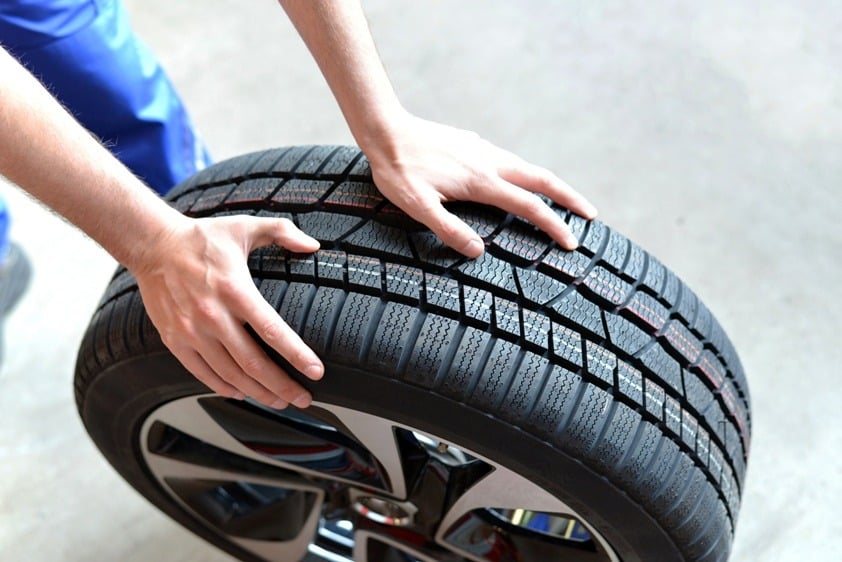
All-Terrain Tread Pattern
All-terrain tread patterns feature larger tread blocks and deeper grooves to provide enhanced off-road capabilities while still maintaining good on-road performance. These tires are ideal for SUVs and trucks that frequently encounter varying terrain conditions.
When selecting a tire tread pattern, consider your typical driving conditions and prioritize features such as wet traction, dry performance, off-road capability, or a balance of all-weather performance.

Evaluating Tire Performance Ratings
Tire performance ratings provide valuable information about a tire’s capabilities in various aspects such as traction, temperature resistance, and treadwear. The three main ratings to consider are:
Traction Rating (Traction Grades)
Traction ratings represent a tire’s ability to stop on wet roads. They are graded from highest to lowest as “AA,” “A,” “B,” or “C.” Tires with higher traction ratings typically have shorter stopping distances on wet surfaces.

Temperature Rating (Temperature Grades)
Temperature ratings indicate a tire’s resistance to heat buildup under specific speed and load conditions. They are graded as “A,” “B,” or “C,” with “A” being the highest rating. Tires with higher temperature ratings have better heat dissipation properties and are less likely to overheat.
Treadwear Rating (UTQG)
The Uniform Tire Quality Grading (UTQG) system rates tire treadwear longevity relative to a control tire. The higher the UTQG number, the longer the tire is expected to last under controlled testing conditions. However, it is important to note that UTQG ratings may vary between manufacturers and should be used as a general guideline.
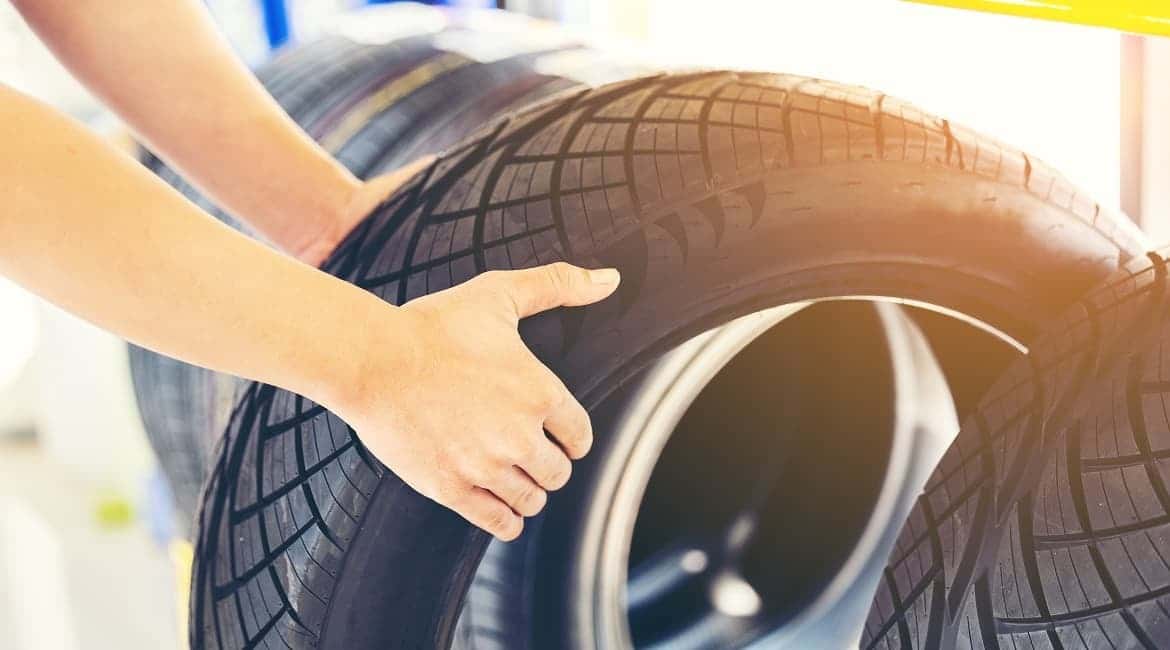
Considering these performance ratings can help you narrow down your choices based on your specific driving needs and expectations.
Assessing Weather Conditions
The climate in which you primarily drive should heavily influence your tire selection. Here are some factors to consider based on different weather conditions:
Dry Climate
In dry climates with minimal rainfall, all-season or summer tires are typically suitable options. Look for tires with excellent dry traction and responsive handling characteristics for an enjoyable driving experience.
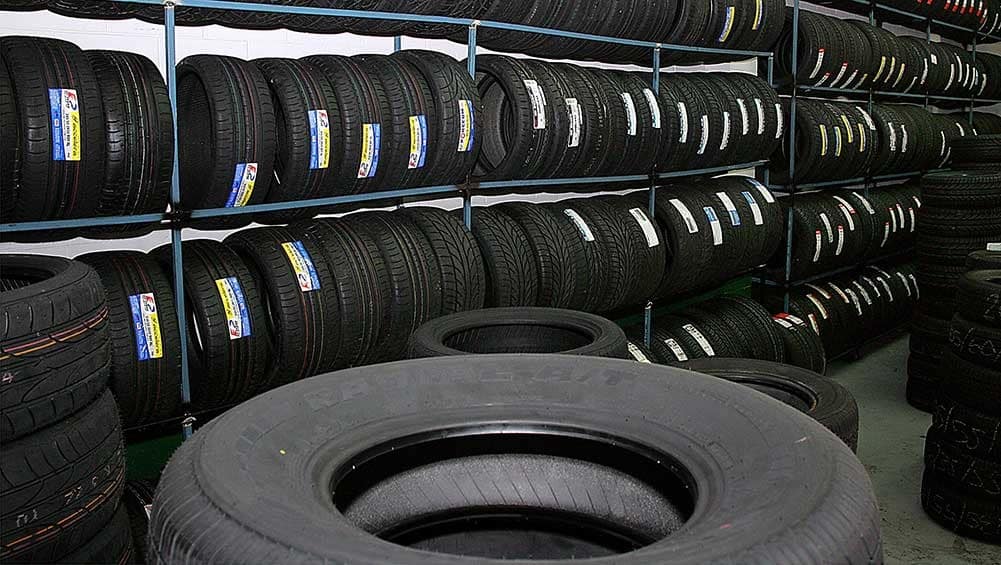
Wet Climate
For areas with frequent rain or wet weather conditions, prioritize tires with good wet traction capabilities and efficient water evacuation properties. Tires with asymmetrical or directional tread patterns are often recommended for enhanced wet weather performance.
Snowy or Icy Climate
In regions experiencing significant snowfall or icy conditions during winter months, investing in dedicated winter tires is crucial. Winter tires provide superior grip on slippery surfaces due to their unique rubber compound and specialized tread pattern designed to bite into snow and ice.

Remember that using appropriate tires for specific weather conditions not only ensures your safety but also improves overall driving performance.
Considering Longevity and Warranty
Tire longevity varies depending on factors such as driving style, road conditions, maintenance, and tire quality. When choosing tires, consider their expected lifespan and warranty coverage provided by the manufacturer.
Inspect the manufacturer’s warranty information to understand coverage for common issues such as workmanship defects or premature wear-out. Some manufacturers offer mileage warranties that indicate how long their tires are expected to last under normal driving conditions.

Opting for tires with longer warranties can provide peace of mind and potential cost savings if any issues arise during the covered period.
Budget Considerations
Budget is an essential factor when selecting new tires for your car. Balancing price with quality is crucial to ensure you get a reliable set of tires that meet your needs without breaking the bank.
While it may be tempting to choose the cheapest option available, keep in mind that quality often comes at a price. Cheaper tires may compromise on performance, longevity, or safety features.
Consider establishing a budget range based on your requirements and research multiple options within that range. Compare prices from reputable tire retailers or online platforms to find competitive deals without compromising on quality.
Seeking Expert Advice
If you’re unsure about selecting the right tires for your car or have specific driving requirements, seeking expert advice can be invaluable.
Consider consulting with a knowledgeable mechanic, tire specialist, or visiting a reputable tire retailer who can guide you through the selection process based on your vehicle type, driving habits, and local weather conditions.
Experts can provide recommendations tailored to your specific needs and help you navigate through various tire options available in the market.
Maintaining and Caring for Your Tires
Once you have chosen and installed the right set of tires for your car, proper maintenance is essential to maximize their lifespan and performance:
- Regularly inspect your tires for signs of damage, bulges, or uneven wear.
- Maintain proper tire pressure as recommended by the vehicle manufacturer.
- Rotate your tires regularly to ensure even wear across all four wheels.
- Keep an eye on tire tread depth; replace them when they reach the minimum legal requirement.
- Avoid overloading your vehicle beyond its recommended weight capacity.
- Store seasonal tires properly when not in use to prevent damage or degradation.
Following these maintenance tips helps ensure optimal performance, safety, and durability of your tires throughout their lifespan.
A Guide to Choosing the Perfect Tires for Your Car
Choosing the right tires for your car involves considering factors such as tire types, sizes, tread patterns, performance ratings, weather conditions, longevity, budget constraints, seeking expert advice, and proper maintenance.
By understanding these critical aspects and making an informed decision based on your specific requirements, you can select the perfect set of tires that enhance your driving experience while prioritizing safety and performance on various road surfaces and weather conditions.
Remember to consult with professionals when needed and prioritize quality over price to ensure long-lasting satisfaction with your tire selection.
See more at: TopCarr

